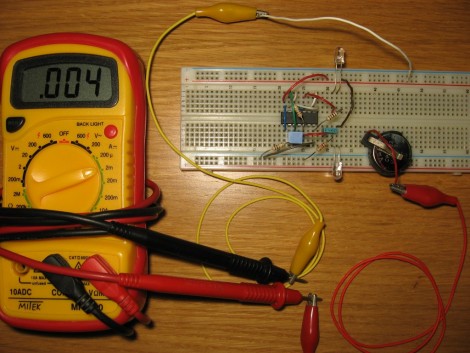
[John Zitterkopf] is in the middle of restoring a vintage Sega Star Trek Captain’s Chair arcade game for the upcoming 2012 Texas Pinball festival, though one prerequisite for the show is that the game supports some sort of free play mode. At this point he doesn’t have the option of tracking down a freeplay ROM for the device, so he had to come up with a solution of his own.
He did not want to alter the machine’s operation in any significant manner, and this meant preserving the functionality of the coin chutes. To do this, he put together a small circuit that uses a pair of cascaded 555 timers to provide the machine with the proper signaling to simulate coin insertion, while still accepting coins. You might initially think that this could be easily accomplished by shorting a pair of contacts in the coin chutes, but as [John] explains, the process is a tad more complex than that.
If you have some old arcade games kicking around and are looking for a non-invasive way to make them free to play, be sure to check out his site for schematics and a complete BoM.
















